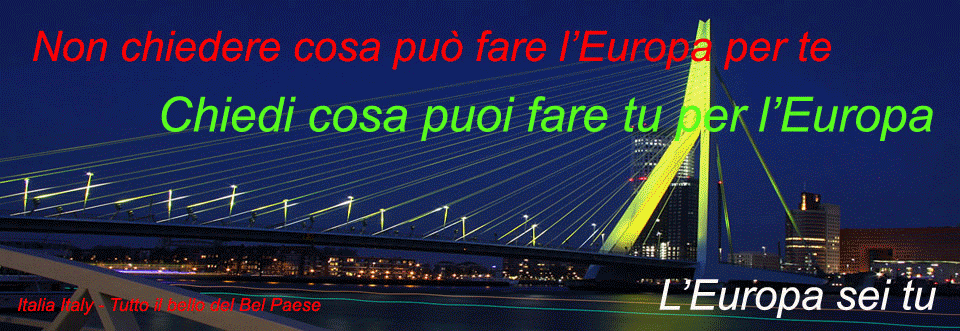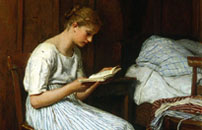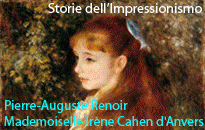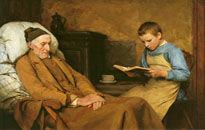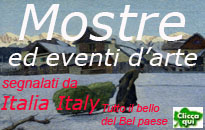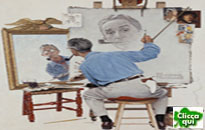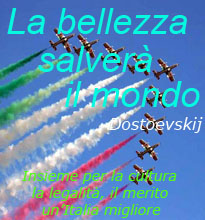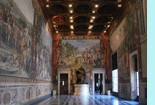 The Musei Capitolini in Rome house one of the most important collections of antiquities in the world. The works are fundamental for understanding the ...
The Musei Capitolini in Rome house one of the most important collections of antiquities in the world. The works are fundamental for understanding the ...
topography and history of ancient Rome and its most archaic phases up to the times in which the city's power reached its maximum splendor between the 1st and 2nd centuries AD.
The Musei Capitolini date from 1471, when pope Sixtus IV donate to the people of Rome a group of bronze statues that until then had been at Lateran. Successive popes enlarged the original core collection with works found during excavations in and around Rome. Some were trasferred from the Vatican; others, such as the Albani Collection, were purchased specifically for this museum. Around of the middle of the 18th century, pope Benedict XIV founded the Capitoline Picture Gallery. At the end of 19th century, soon after Rome’s proclamation as Italy’s Capital (1870), many ancient art pieces dug out in escavations carried out for the creation of the City’s new district were added to museum’s collections. The museum’s collections are displayed in two of the three buildings that enclose Piazza del Campidoglio - Palazzo dei Conservatori and Palazzo Nuovo (the third is Palazzo Senatorio). These two buildings are linked by an underground tunnel which houses the Lapidary Gallery and leads into the ancient Tabularium (beneath Palazzo Senatorio), whose monumental arches overlook the Roman Forum.
The Palazzo Nuovo houses the collection of ancient sculptures assembled in the past by Roman nobility; their arrangement has remained mostly unchanged since the 18th century. They include the famous collections of the busts of ancient philosophes and Roman emperors, the statue of the Dying Gaul, the Capitoline Venus and the reclining male statue populary known as “Marforio”, which dominates the courtyard.
The Conservator’s Apartment was the original architectul core of the Palazzo dei Conoservatori; it is adorned with splendid frescoes depicting the history of Rome. The stately atmosphere of these rooms is hightened by the ancien Roman bronzes on display: the Capitoline She-Wolf, the Boy With Thorn and the Capitoline Brutus. On the first floor of the palace, a large built glass-roofed hall houses the ancient equiestrian of Marcus Aurelius which once stood in Piazza del Campidoglio, and the imposing remains of the Temple of Jupiter.

